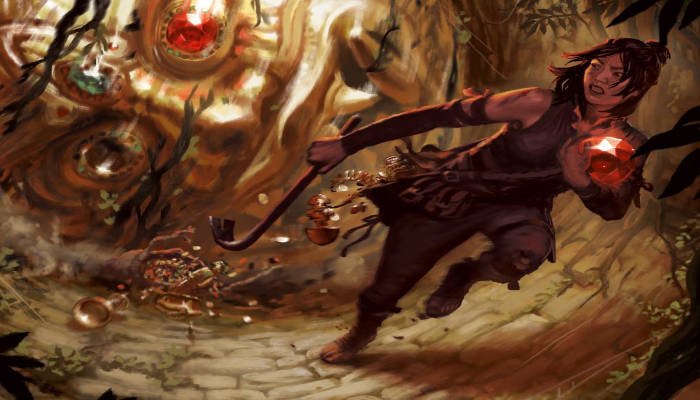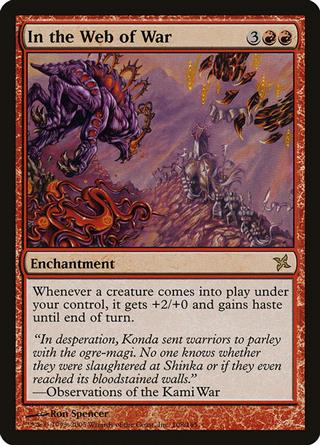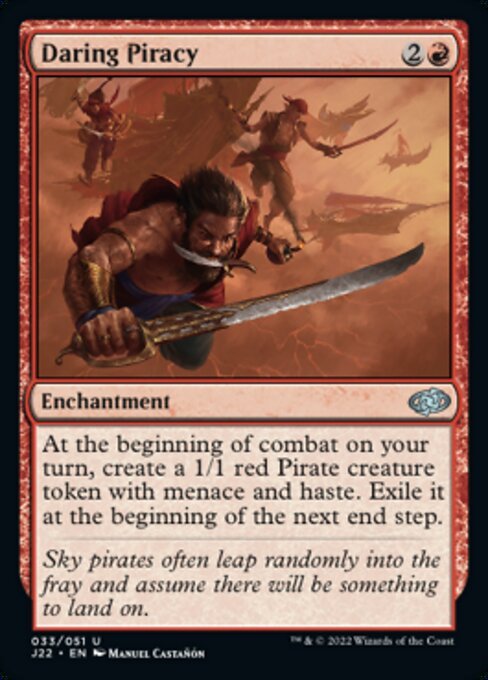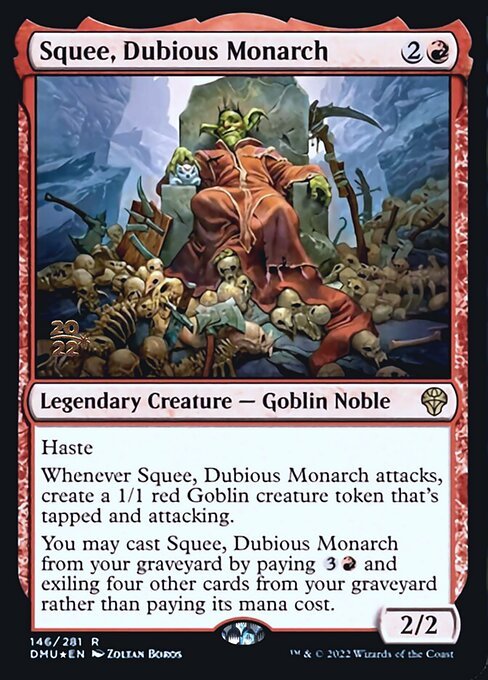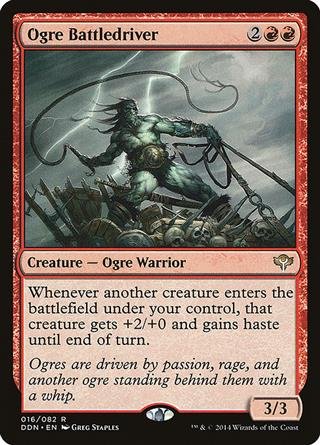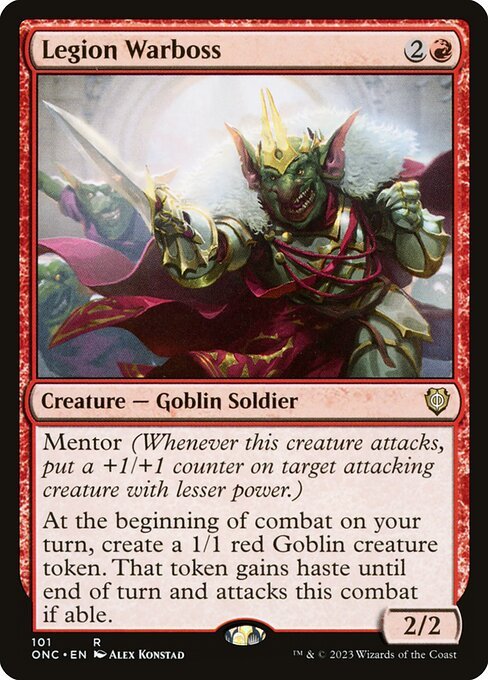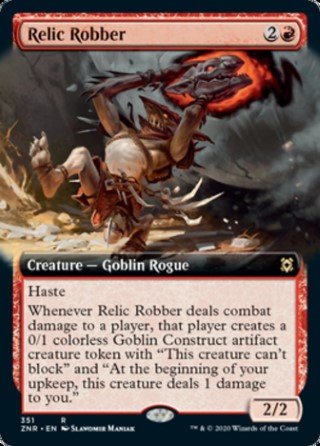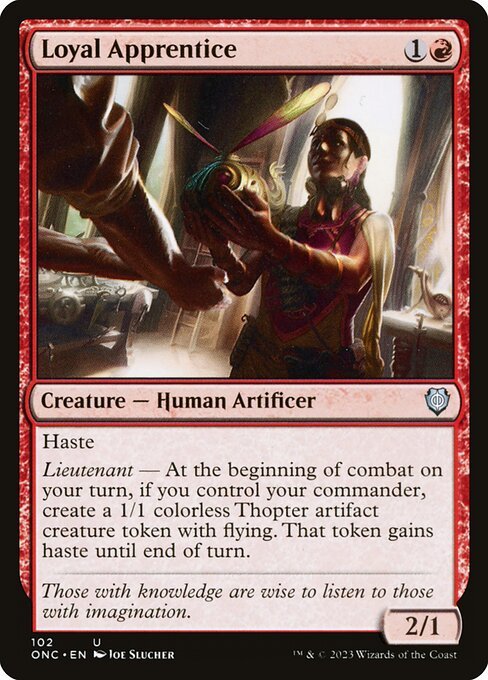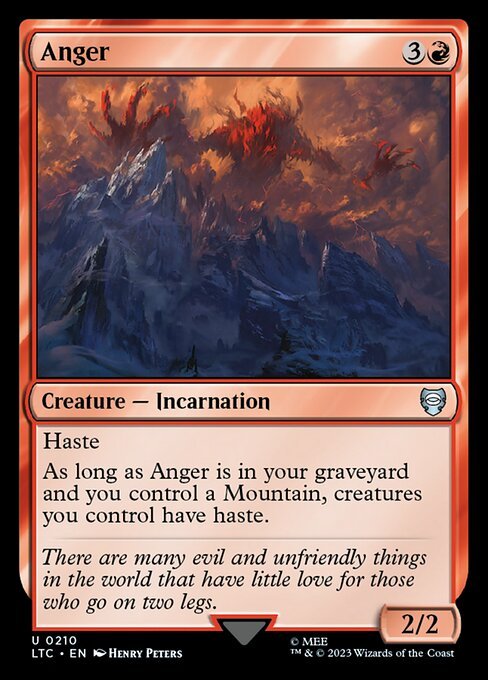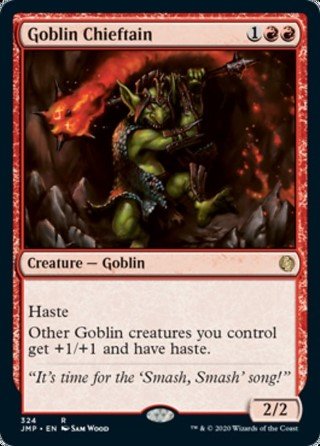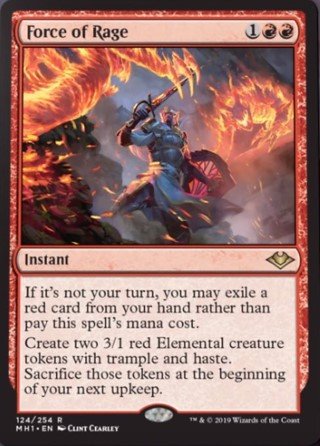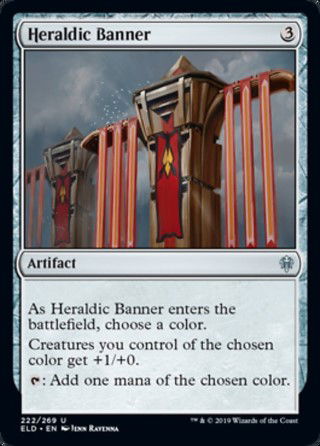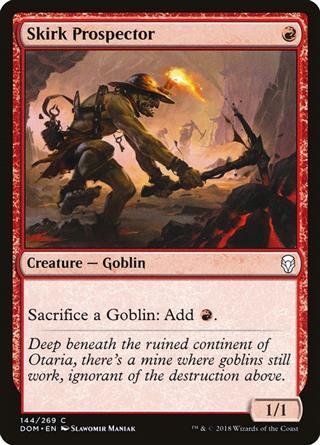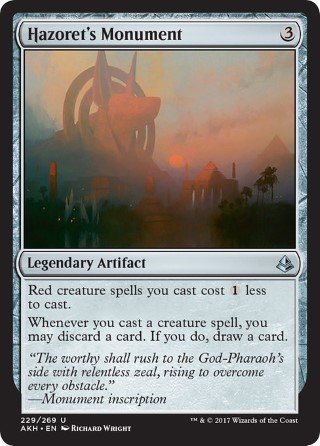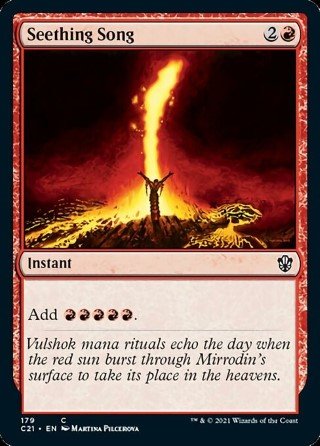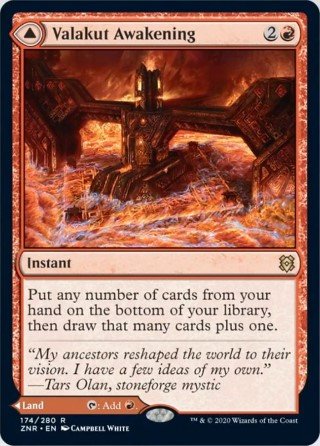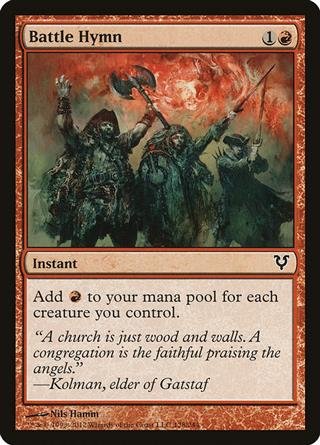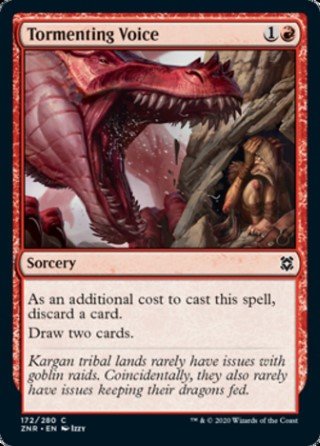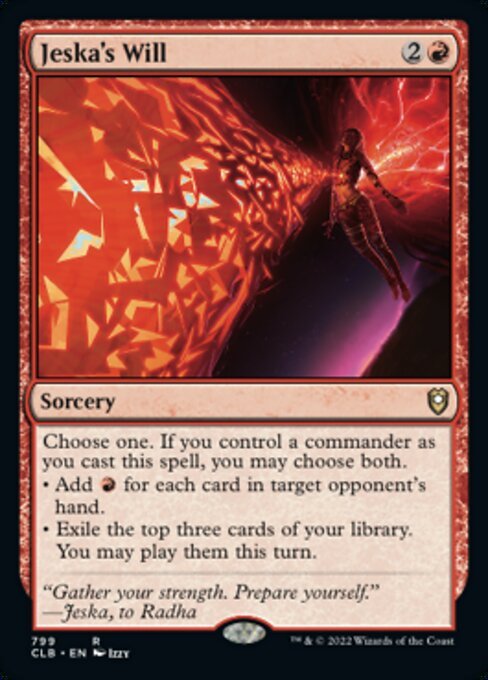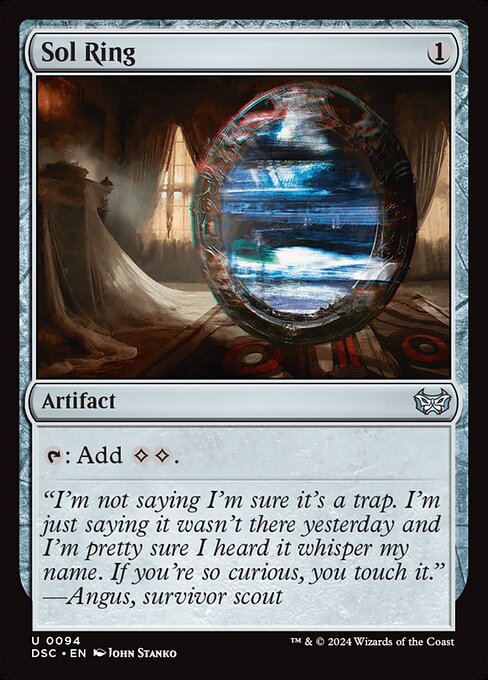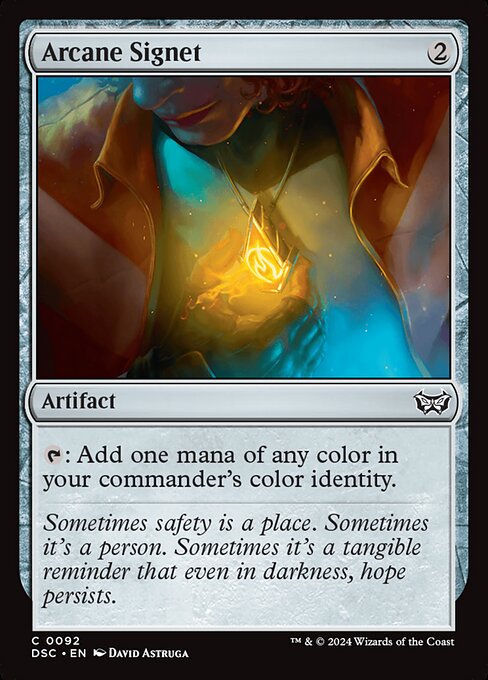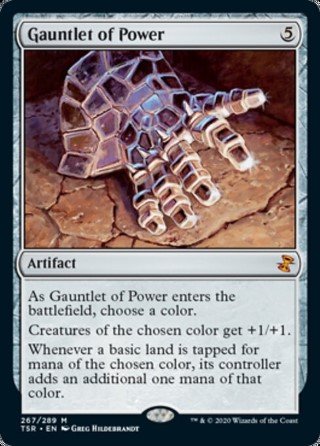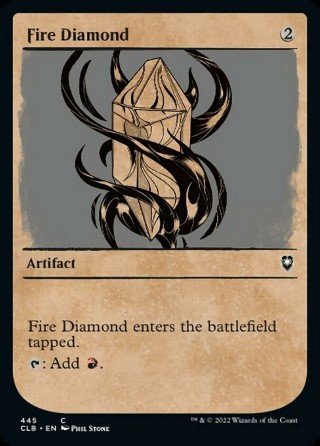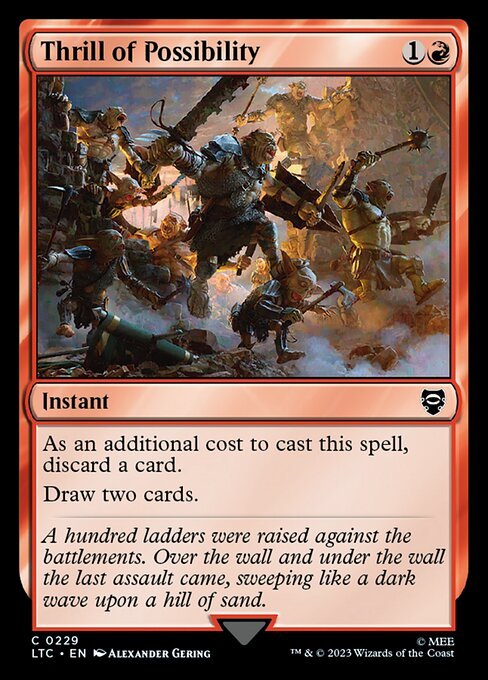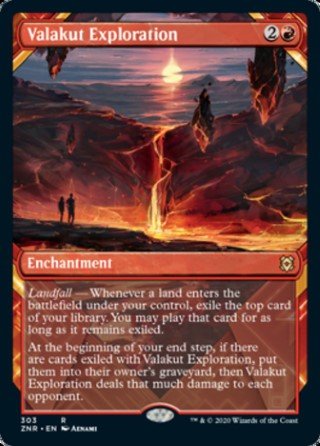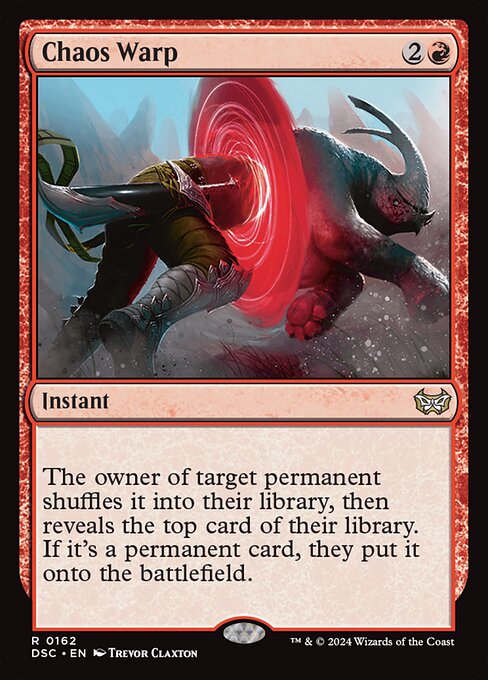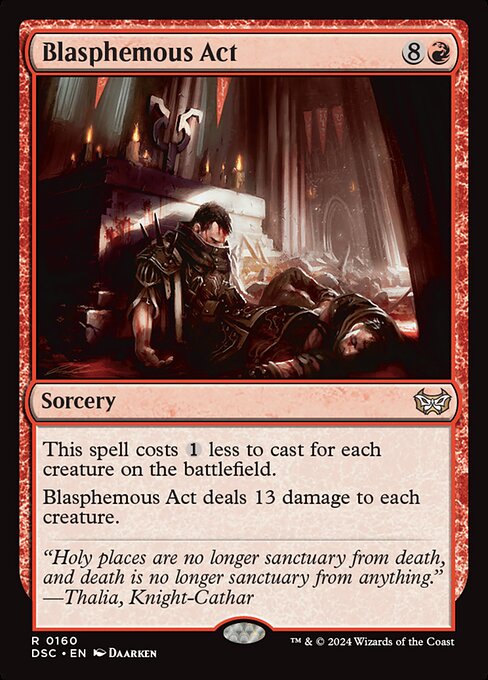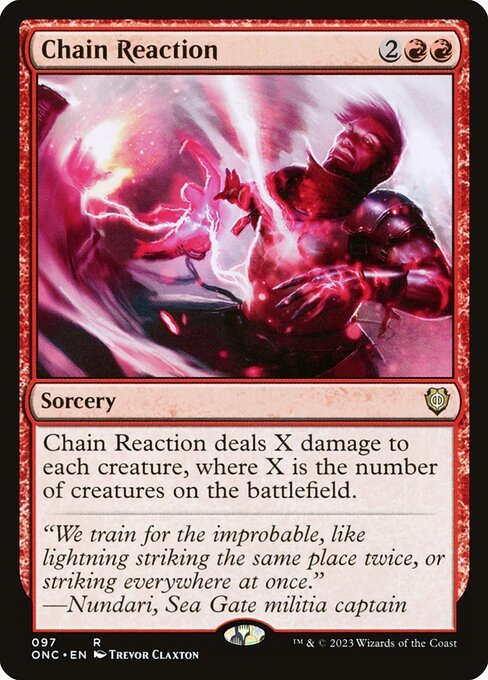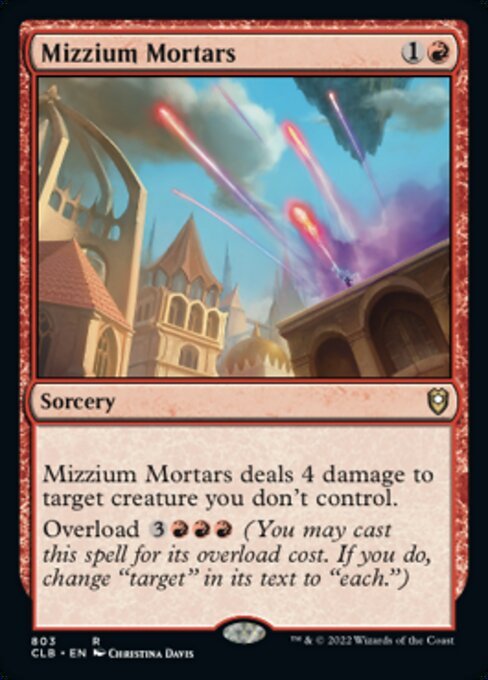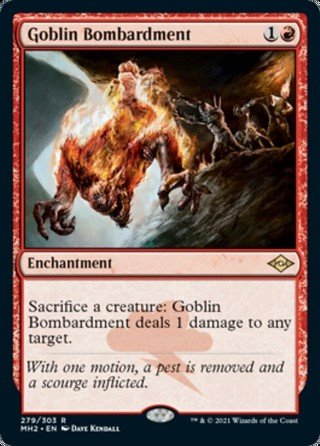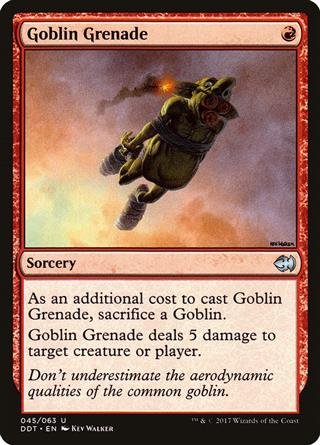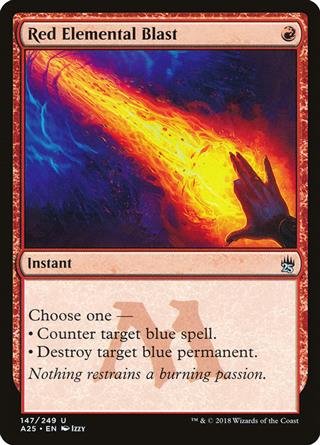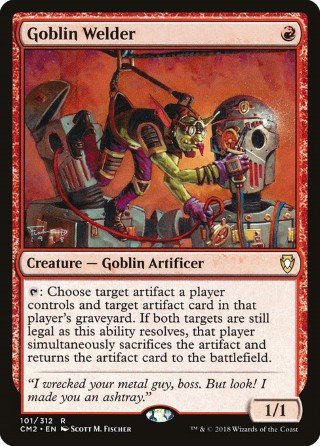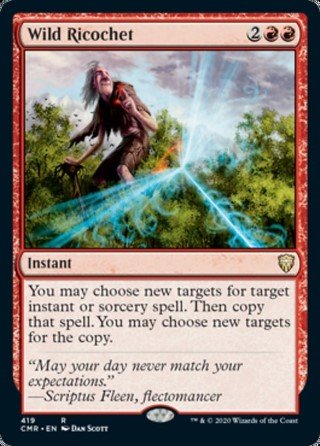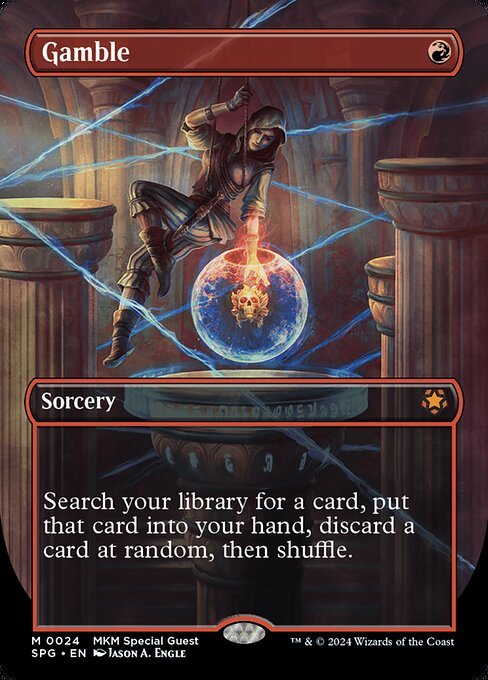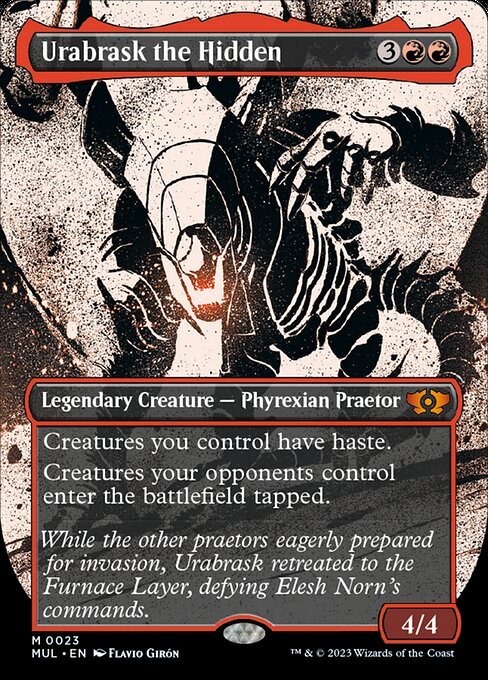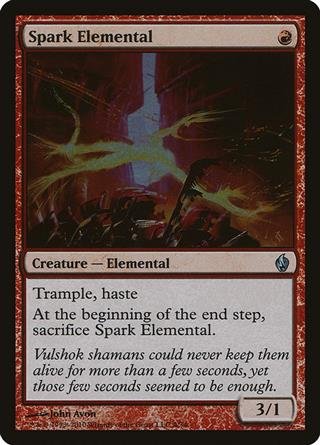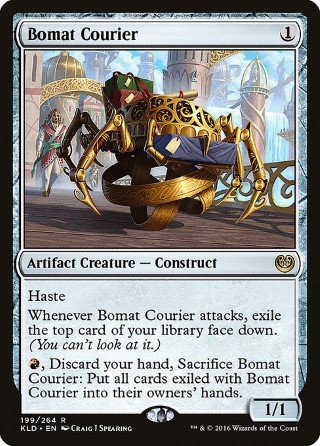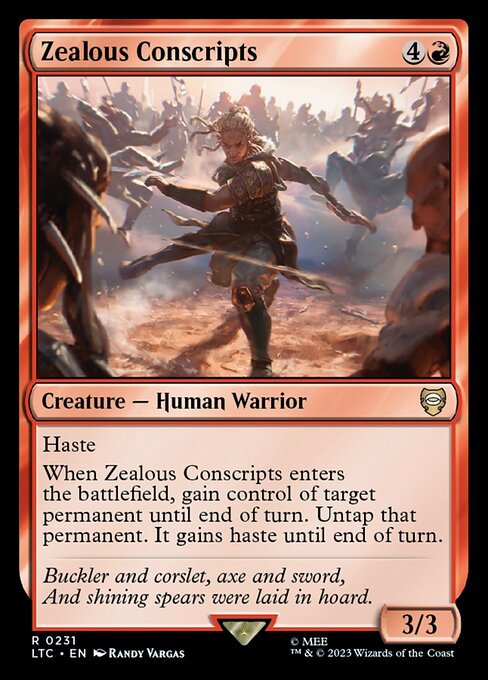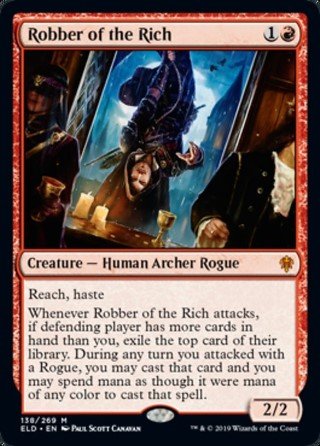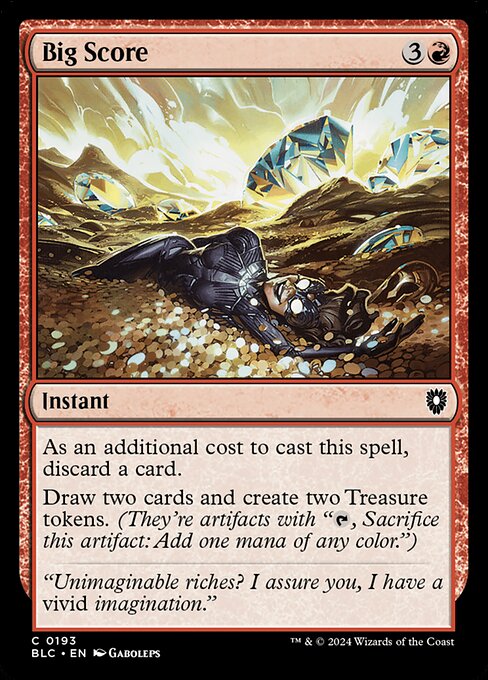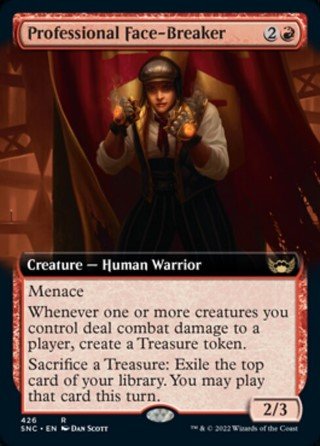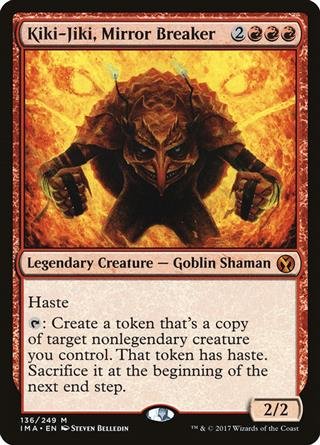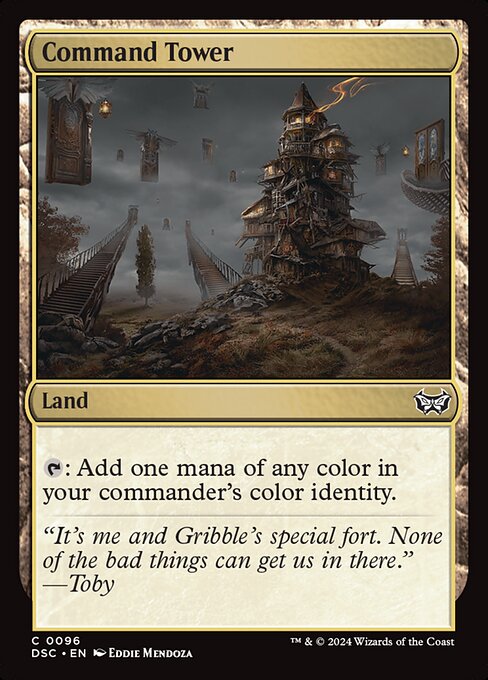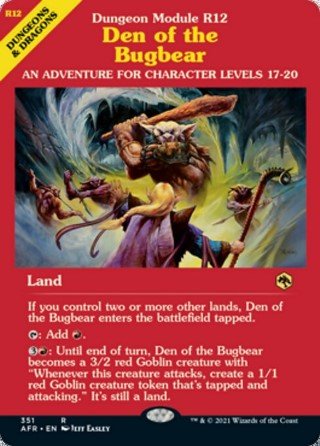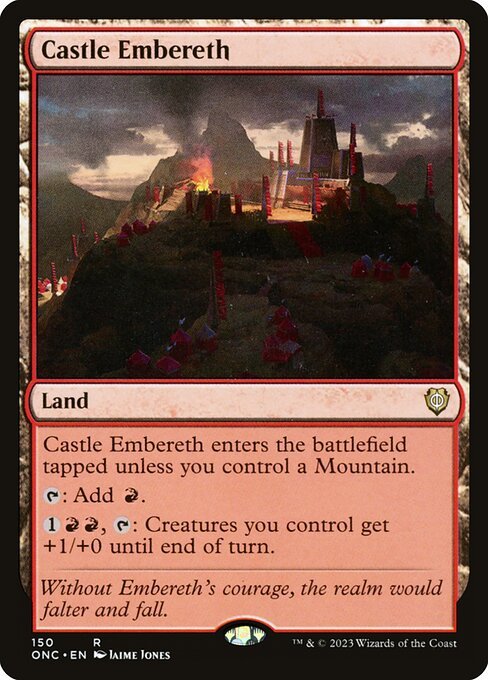The Easiest Way To Build A Commander Deck - Quick And Simple Method
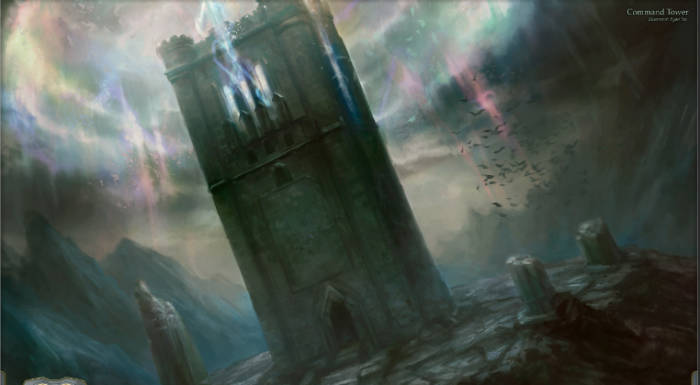
Commander is Magic: The Gathering's most popular format. It also has some of the most complex deck building in the game. There are tons of different things that complicate Commander deck building - Decks are 100 cards, you can only have one copy of each card, you can only use colors in your Commander color identity, and much more.
You'll find a lot of resources online breaking down all the ends and outs of the process, in great detail. Today's article isn't one of them. The details are great, but today we are looking at the easiest way to build a Commander deck and we're keeping it simple.
I find that it's hard to know where to start when you consider a deck as a single 100-card entity. That said, this method breaks the process down into a few very manageable steps. I've used it to build decks from start to finish in 30 minutes or so. I should say now though - This method is fast and easy, but there's no way to get around playtesting and refining your list to get it optimized. In other words, don't expect the first draft to be a 10/10.
The Pile Method
There are six simple steps to this method. They are as follows:
Pile 1: Commander And Lands
Start off by taking your commander and 35 lands and setting them to the side in a pile. The lands aren't significant at this point, so don't sweat exactly what lands you'll be running yet. For example, let's use Ardoz, Cobbler of War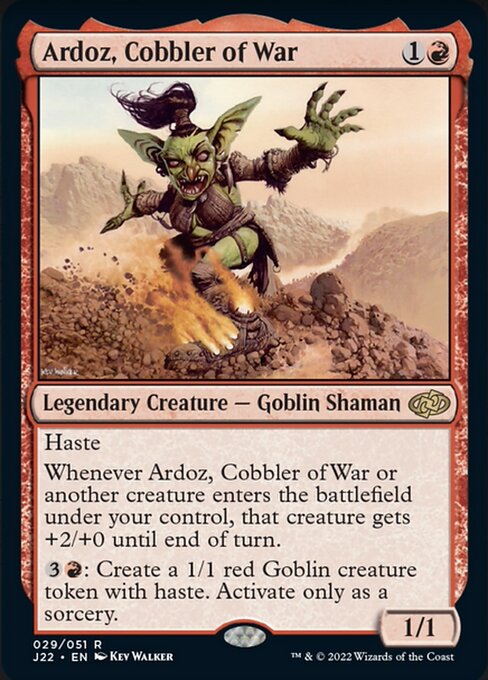 as our commander. So, we would set him and for now, 35 basic Mountains, to the side.
as our commander. So, we would set him and for now, 35 basic Mountains, to the side.
You May Also Like: All New Commanders From Jumpstart 22
Pile 2: Core Strategy Cards
We'll now begin creating piles of 16 cards. Our first 16-card pile will contain cards that are at the core of your deck/commander's strategy. For our example, I would say this would mean cards with haste that could use Ardoz's ability. Don't worry about things like removal or mana rocks just yet, unless they happen to be on a card at the core of the strategy. Here are some examples:
- Daring Piracy
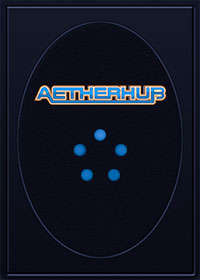
- Squee, Dubious Monarch

- Ogre Battledriver

- Gut, True Soul Zealot

- Legion Warboss

- Hellrider

- Relic Robber

- Loyal Apprentice

- Anger

- Lightning Greaves

- Goblin Chieftain

- In the Web of War

- Devilish Valet

- Torbran, Thane of Red Fell

- Chandra, Acolyte of Flame

- Force of Rage

Once you have 16 cards that work directly toward your strategy, set them aside.
Pile 3: Support - Card Draw & Mana Ramp
This pile will also be 16 cards and should contain cards that will help move the game plan laid out by the first pile along. It might look something like this:
- Skirk Prospector

- Hazoret's Monument

- Seething Song

- Valakut Awakening

- Battle Hymn

- Tormenting Voice

- Expedite

- Jeska's Will

- Sol Ring

- Arcane Signet

- Heraldic Banner

- Gauntlet of Power

- Mind Stone

- Fire Diamond

- Thrill of Possibility

- Valakut Exploration

Once your support cards are done, set them aside.
Pile 4: Interaction
This means single target removal, board wipes, counterspells, and graveyard hate - Anything that disrupts opposing gameplans or stops yours from being disrupted goes here.
- Chaos Warp

- Blasphemous Act

- Chain Reaction

- Abrade

- Mizzium Mortars

- Lava Coil

- Goblin Bombardment

- Blood Moon

- Warstorm Surge

- Goblin Grenade

- Tibalt's Trickery

- Red Elemental Blast

- Goblin Welder

- Wild Magic Surge

- Wild Ricochet

- Glorybringer

You May Also Like: 8 MTG Cards To Buy Right Now At Low Prices
Pile 5: The "You" Pile
The last 16 cards can be whatever you like. I like to add cards here that didn't quite make it into the other piles. This is also the pile to add your favorite pet cards that you can't build a deck without. In other words, personalize your deck and/or fill in the gaps here. Here's what I would add to my hypothetical list:
- Hate Mirage

- Krenko's Command

- Gamble

- Sword of Feast and Famine

- Aggravated Assault

- Urabrask the Hidden

- Spark Elemental

- Bomat Courier

- Dark-Dweller Oracle

- Zealous Conscripts

- Robber of the Rich

- Big Score

- Grenzo, Havoc Raiser

- Professional Face-Breaker

- Fire Prophecy

- Kiki-Jiki, Mirror Breaker

Once this pile is complete, you'll be able to combine all your piles and have a 100-card Commander deck! However, before you shuffle everything together, there is one more step.
The Mana Base
As I mentioned above, we simply set 35 lands aside without worrying about what lands. Now is the time to tweak your mana base to accommodate the spells you added. The deck today is simple since it's only a single color. However, if you're in multiple colors, you'll want to take some time here and make sure you have enough lands for each color.
If you get here and you have a very high or very low mana curve, you will have to add or remove lands accordingly.
We set aside 35 basic lands at first... And you could certainly play the deck like that if you wanted. That said, here's an example of what I would add in place of a few Mountains.
The Numbers
You can now shuffle all of the piles together and you should have a fairly cohesive deck in about half an hour. Moving forward you may need to refine things if it doesn't play well. However, I've found that the more you use this method the better you get at assembling cohesive lists this way.
Here is a look at the numbers for a few key categories for the example deck today. Overall, I would say the numbers are about where they need to be even after one draft. Unless you have some specific reason for these numbers to be drastically off, you'll probably want them somewhere near here.
- Mana Ramp - 15
- Card Draw - 13
- Single Target Removal Spells - 11
- Board Wipes - 3
- Lands - 35
There are also a few game-winning combos that are worth mentioning, as it is always important to keep your win-cons in mind. The combos I included are:
- Kiki-Jiki, Mirror Breaker
 + Zealous Conscripts
+ Zealous Conscripts - Which create infinite creature tokens with haste.
- Which create infinite creature tokens with haste. - Aggravated Assault
 + Sword of Feast and Famine
+ Sword of Feast and Famine - Which gives you infinite combat phases.
- Which gives you infinite combat phases.
See what others are playing in the current Commander meta here.
Conclusion
Some decks are always going to be harder to get optimized than others. And all decks are going to take some testing to get polished and playing at their best. That said, I have found that this method takes out a ton of the work and makes it very easy to know where to start. It really is the quickest, easiest, and simplest method to build a Commander deck that I have ever used. So, get out there and get to building that next list. When you do, comment and let me know how it goes for you.

